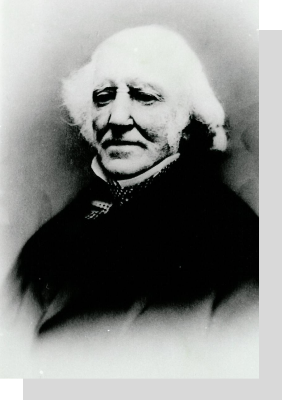Rechercher


Le Centre d’histoire Sir-William-Price vous propose plusieurs expositions et activités qui abordent l’histoire de Kénogami et de Jonquière, sous un angle nouveau.
| Horaire | Tous les dimanches de 10:00 à 17:00 |
| Adresse | 1994, rue Price, C.P. 2314, Jonquière (Québec) G7X 7X8, 418-695-7278 |
Étant une exposition interne, Œuvres sur papier se trouve à l’intérieur du Centre d’histoire Sir-William-Price et est disponible tous les dimanches de 10:00 à 17:00, lors des activités ainsi que sur réservation de groupe de 10 personnes et plus.
Les expositions itinérantes quant à elles sont disponibles de façon permanente. Vous pouvez retrouver Du Culte à l’histoire dans le parc Ball et sur le terrain à l’angle de Sainte-Famille et Du Roi-George et l’exposition Des acadiens à l’angle des rues Sainte-Famille et Boul. du Royaume.
Cette exposition aborde l’histoire des Acadiens de la colonisation jusqu’à leur présence à Kénogami aujourd’hui. Il y est évidemment question de la déportation et des migrations qui ont suivis, mais surtout des familles acadiennes originaire des Îles-de-la Madeleine, de la Côte-Nord et des Maritimes qui sont venu s’établir ici depuis maintenant plus d’un siècle. En […]
Meule de défibreur à chaîne de l’usine de Kénogami En plein centre-ville de Kénogami, à l’angle des rues du Roi-Georges et Sainte-Famille, vous trouverez exposé un artéfact industriel, une meule de défibreur. À l’aide de panneaux d’interprétation, découvrez son importance dans le processus de fabrication du papier.
Portraits de travailleurs de la compagnie Price Brothers (1930-1960) Inaugurée en juin 2012, cette exposition relate la vaste aventure de milliers d’employés qui furent les artisans de l’empire des pâtes et papier au milieu du XXe siècle. Fleuron de l’économie canadienne et québécoise de l’époque, l’exploitation des produits de la forêt n’a évidemment pas engagé qu’un incroyable […]
La chapelle St. James the Apostle est un élément incontournable de l’histoire de Kénogami. Grâce à son appartenance au milieu, elle a toujours su rassembler les gens de plusieurs horizons. L’exposition est située à l’extérieur, dans le parc Ball et sur le terrain de la bibliothèque de Kénogami. Venez visiter cette chapelle, son histoire saura […]

Identifier, étudier, documenter et faire vivre le patrimoine matériel et immatériel d’Arvida, en vue d’assurer sa mise en valeur, son rayonnement, sa préservation, son appropriation par la population et sa transmission aux générations futures, en s’inspirant des principes de l’écomuséologie.